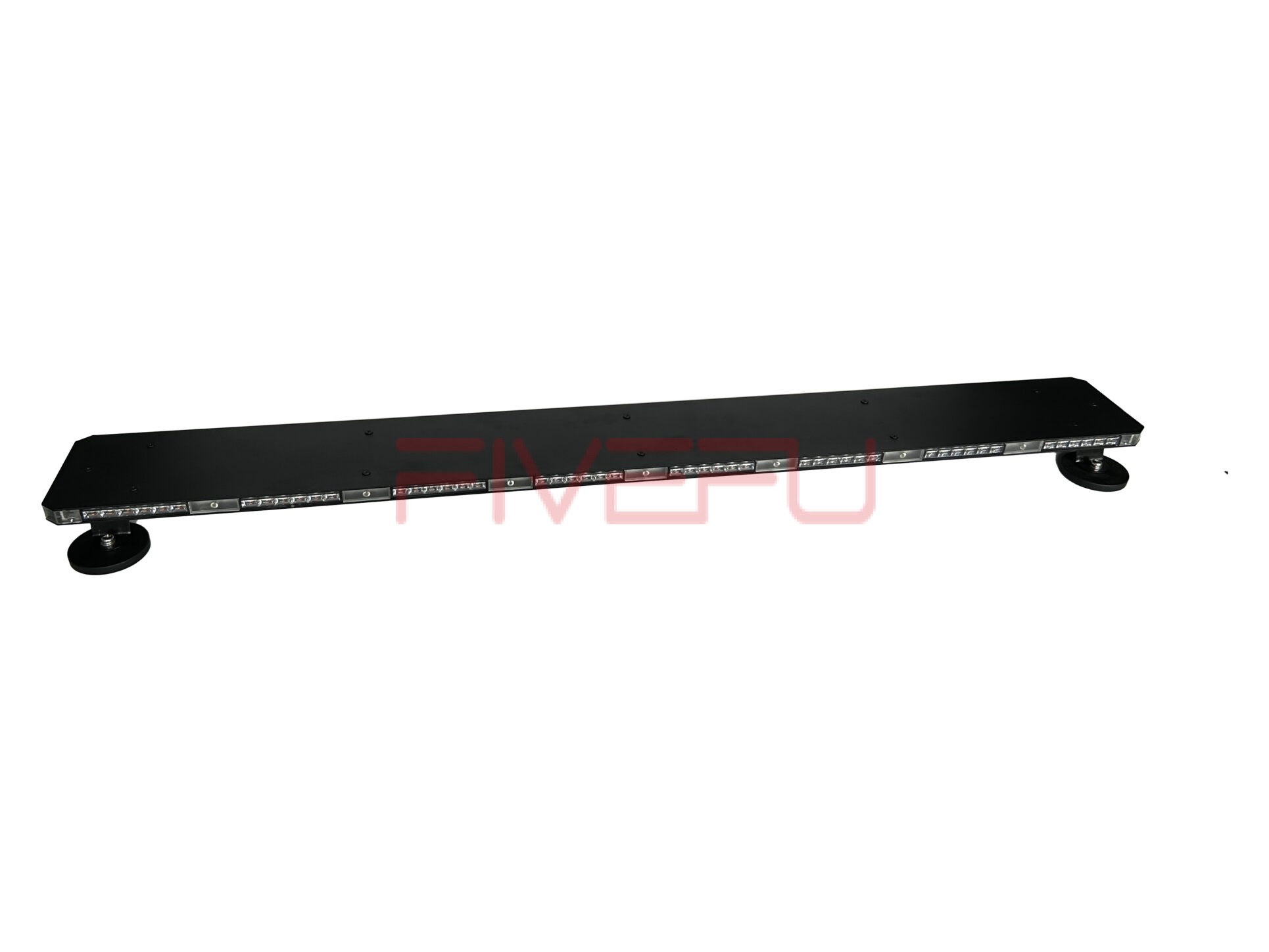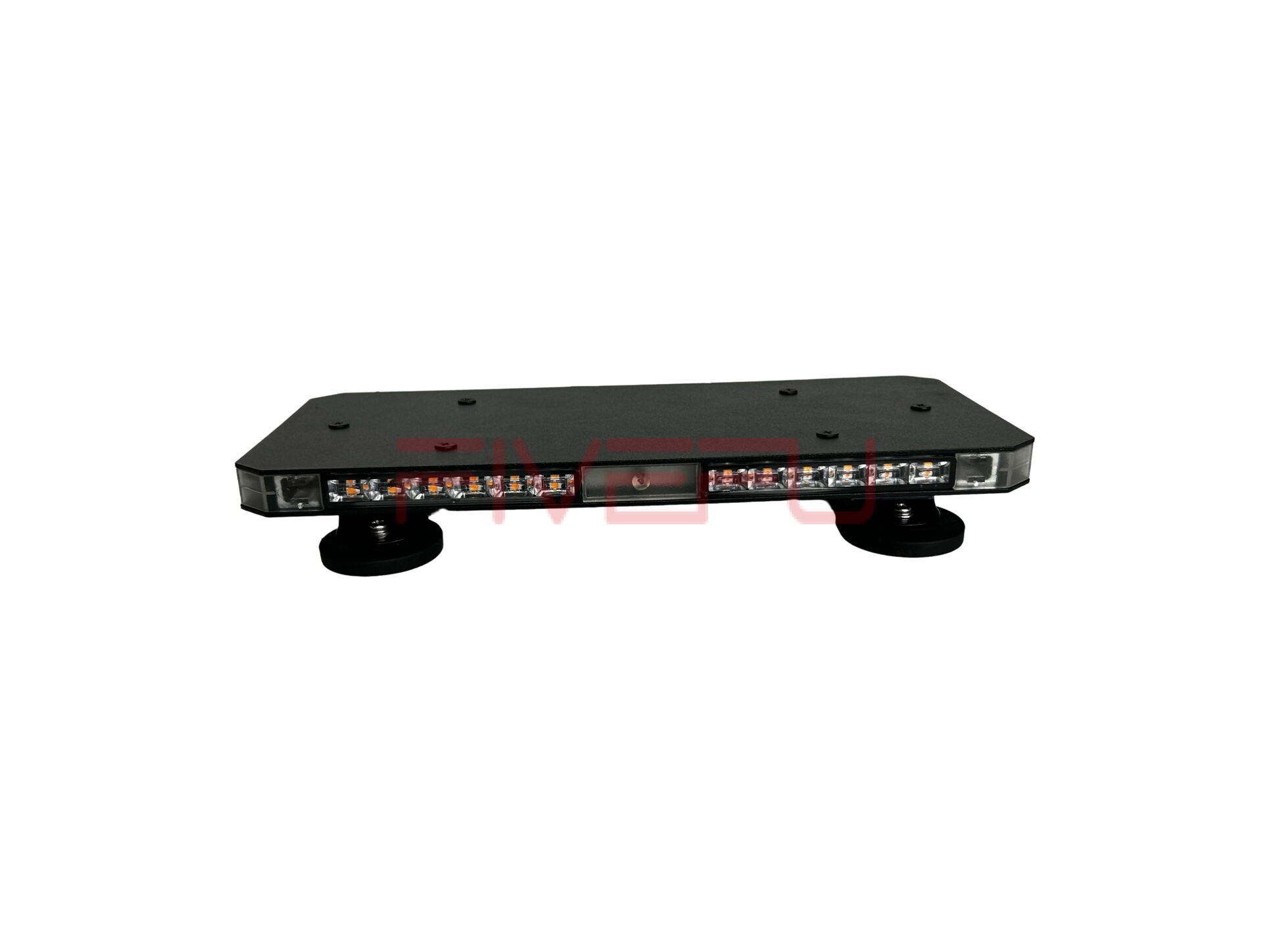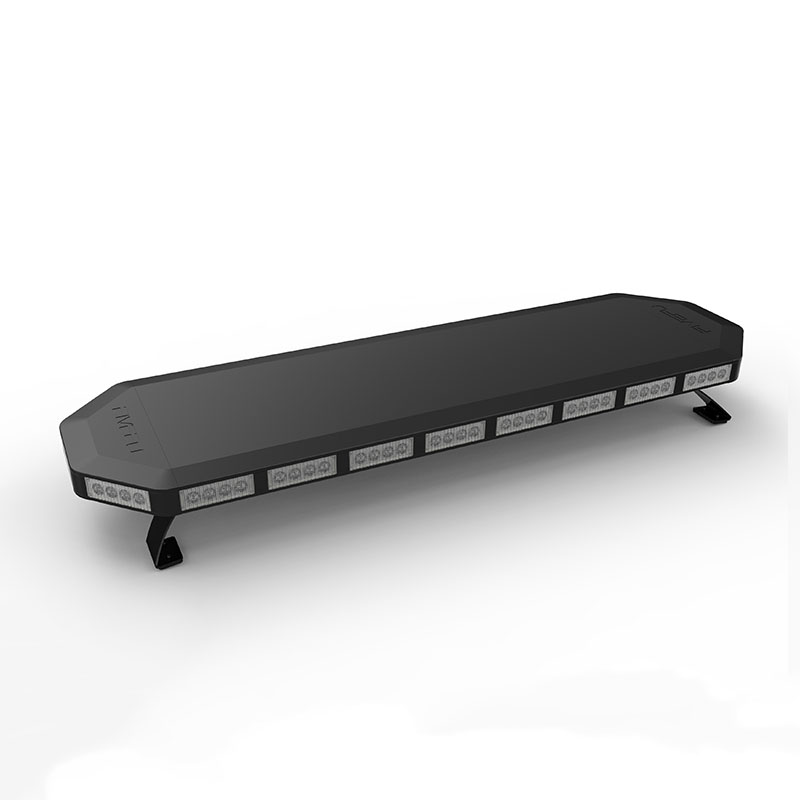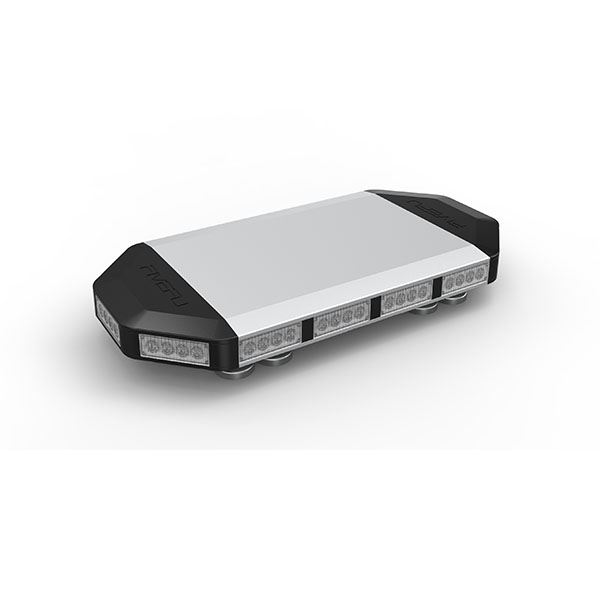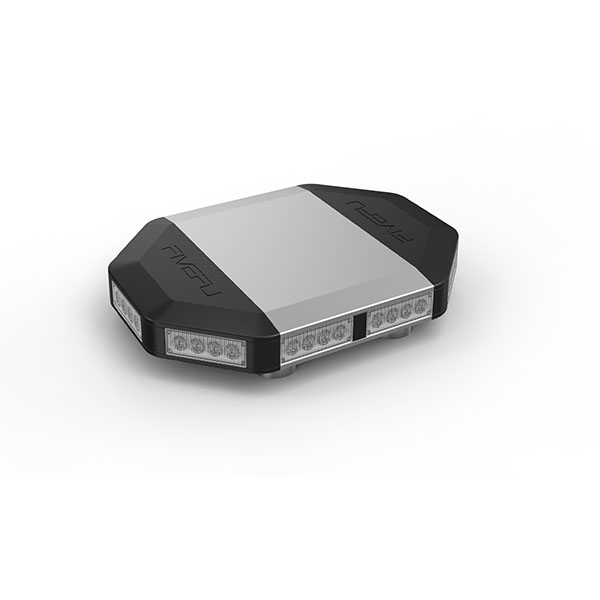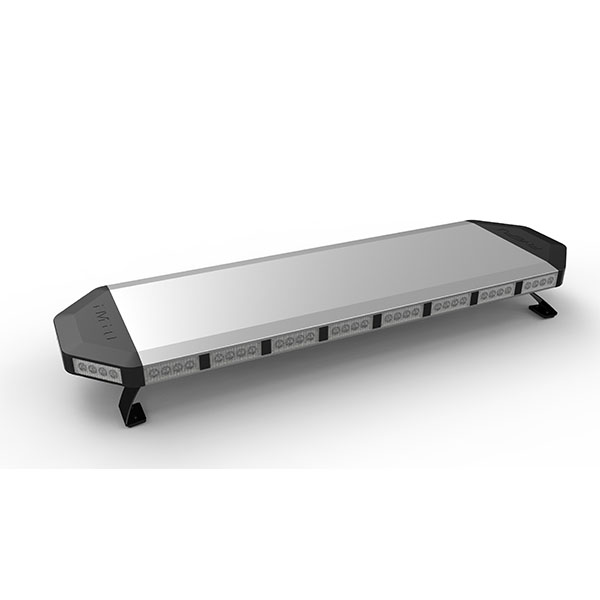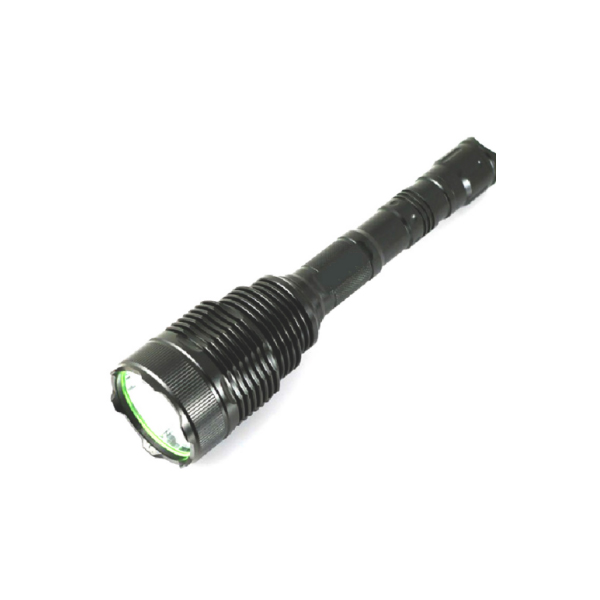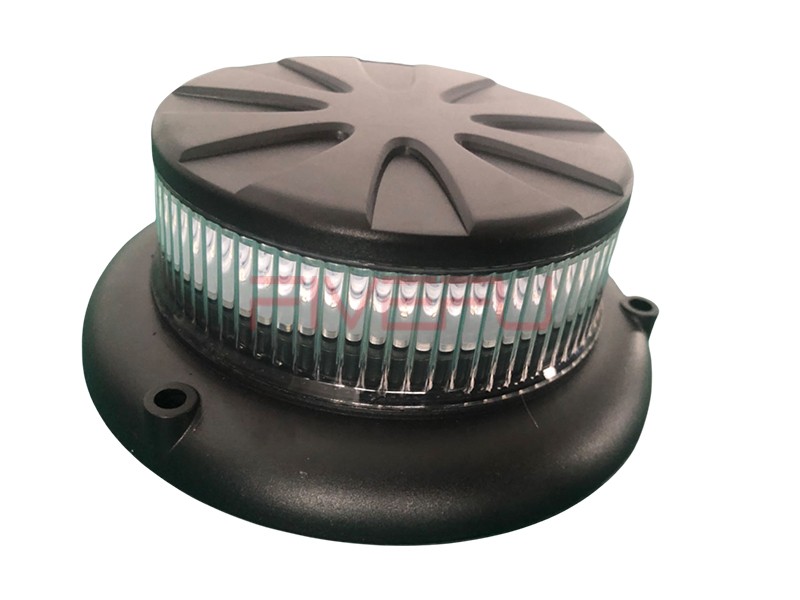Welcome to purchase led lightbar produced by fivefu
Our Products
Advanced LED Technology: Utilizing cutting-edge LED technology for maximum visibility and efficiency.
SAE & ECE R65 Compliant: Products rigorously tested to meet international safety standards.
Diverse Range: Includes light bars, beacons, and directional lights, suitable for various emergency vehicles.
High Decibel Output: Designed to cut through noise, ensuring audible alerts in all conditions.
Customizable Sound Patterns: Offers a range of siren tones to meet specific regional requirements.
Robust and Reliable: Built to withstand challenging environments and consistent use.
- Accessories and Customization
Mounting Solutions: Wide range of mounting options for different vehicle types and requirements.
Custom Design Services: Tailored solutions to meet unique customer specifications and needs.
Quality Assurance: Every accessory is tested for durability and performance.
Types of led lightbars
Mini led lightbars
- Description: Smaller in size compared to full-size lightbars, mini LED lightbars provide a compact yet effective lighting solution.
- Features: They are often magnetic or permanently mounted and can be easily transferred between vehicles.
- Applications: Perfect for volunteer emergency responders, construction vehicles, or for additional visibility on larger vehicles.
Full-Size LED Lightbars
- Description: These are the most prominent and commonly seen lightbars, often used on police cars, fire trucks, and ambulances.
- Features: Full-size LED lightbars offer maximum visibility and can be equipped with various flash patterns and color combinations to denote different types of services.
- Applications: Ideal for emergency vehicles requiring high visibility over long distances.
Low-Profile LED Lightbars
- Description: These lightbars offer a sleek, modern design with a lower profile than traditional lightbars.
- Features: Despite their slim design, they don’t compromise on brightness or visibility.
- Applications: Suited for unmarked police vehicles, private security, or any application where discreet yet effective lighting is needed.
Traffic Advisor Lightbars
- Description: Specifically designed to direct traffic, these lightbars feature directional lights.
- Features: They can display various patterns to signal drivers, like directing traffic to move to the left or right.
- Applications: Essential for road safety operations, accident scenes, and for vehicles like tow trucks and highway maintenance.
Strobe LED Lightbars
- Description: These lightbars produce a strobing effect, which is highly noticeable even in adverse weather conditions.
- Features: They offer different flash patterns and are effective in capturing attention quickly.
- Applications: Useful for emergency vehicles, as well as in industrial and construction settings for safety and warning purposes.
Customizable LED Lightbars
- Description: These are tailored to meet specific needs and preferences.
- Features: Customers can choose from various lengths, color combinations, and flash patterns.
- Applications: Ideal for specialized emergency vehicles or any application where specific requirements are needed.
When were led lightbars invented?
The inception of LED lightbars marks a significant chapter in the history of lighting technology. These innovative devices have transformed the way we perceive and use light, especially in various professional and personal applications.
The journey of LED lightbars began with the invention of the Light Emitting Diode (LED) itself. The first practical LED was developed by Nick Holonyak Jr. in 1962. However, it was not until several decades later that the technology evolved sufficiently to create LED lightbars. The 1990s witnessed significant advancements in LED technology, leading to brighter and more efficient LEDs. This period is often regarded as the era when the foundation for LED lightbars was laid.
Today, LED lightbars are used in a multitude of settings. From off-road vehicles and trucks that require robust and efficient lighting solutions to emergency response vehicles and maritime applications, LED lightbars have become ubiquitous. Their durability and energy efficiency make them a preferred choice in demanding environments.
How does led lightbars work?
LED lightbars are at the forefront of lighting solutions, especially in emergency and utility vehicles. The core of these devices lies in Light Emitting Diodes (LEDs), which are semiconductor devices that convert electricity into light. Unlike traditional bulbs, LEDs don’t have a filament that will burn out, and they don’t get especially hot. They are illuminated solely by the movement of electrons in a semiconductor material, ensuring both efficiency and longevity.
When discussing LED lightbars, we’re looking at a series of LEDs arranged in a bar format, which can be mounted on various vehicles. These lightbars provide intense, clear, and reliable light, making them crucial for emergency response and construction vehicles requiring high visibility.
How many lumens do you need?
The lumen output needed from an LED lightbar depends largely on its intended use. For instance, in emergency vehicles like police cars or ambulances, a higher lumen output is critical to ensure visibility from a long distance. Typically, lightbars used in these contexts can range anywhere from 4,000 to over 10,000 lumens.
For non-emergency vehicles or personal use, such as off-roading or construction, a lower lumen output might be sufficient. In these cases, LED lightbars with around 1,000 to 3,000 lumens can provide adequate lighting. It’s essential to balance the need for visibility with the potential for glare, which can be hazardous.
Where can I have a led lightbar on a car?
The placement of LED lightbars on a vehicle is governed by both practicality and legal considerations. Generally, for emergency vehicles, these lightbars are mounted on the roof for maximum visibility. However, for other vehicles, the common locations include the front bumper, grille, or roof.
It’s important to check local laws and regulations regarding the placement and use of LED lightbars, as there might be restrictions based on the type of vehicle or the lightbar’s brightness. In some jurisdictions, the use of certain types of LED lightbars may be restricted to emergency or official vehicles only.
How do you wire up a led lightbar?
Wiring an LED lightbar requires some basic electrical knowledge and the right tools. Typically, the process involves connecting the lightbar to the vehicle’s battery and ensuring a proper ground connection. It’s advisable to use a relay and a switch to control the lightbar, which protects the vehicle’s electrical system and allows for easier control of the light.
The basic steps include:
- Mounting the lightbar on the vehicle.
- Running the wiring from the lightbar to the battery, using the relay and fuse.
- Connecting a switch to conveniently operate the lightbar.
- Ensuring all connections are secure and waterproof, especially important for outdoor or rugged use.
It’s always recommended to consult a professional or refer to the lightbar’s manual for specific wiring instructions, as incorrect installation can lead to electrical issues or malfunctions.



